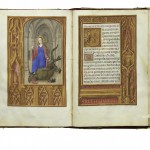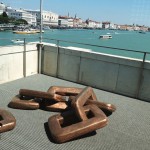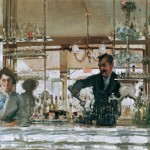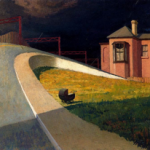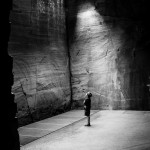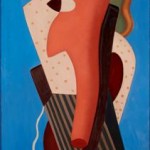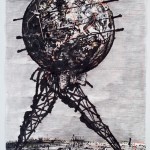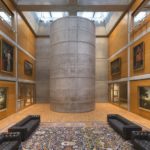
After a sixteen-month closure, the Yale Center for British Art reopened to the Yale University community on the afternoon of Monday May 9. The excitement was palpable. People of all ages from all quarters of the university wove their way from bottom to top to bottom of the building – students, staff, faculty, donors, all transfixed and enthused by the space, and what they discovered in that space. It was a kind of viewer utopia I had not experienced before: strangers smiled and spoke to each other, people audibly admired and made remarks to each other as they marvelled at the return to life of a much loved building and its collection. Since opening to the public on May 11, the response to the renovation of the building and rehang of the collection has been resoundingly positive. The interior space…

